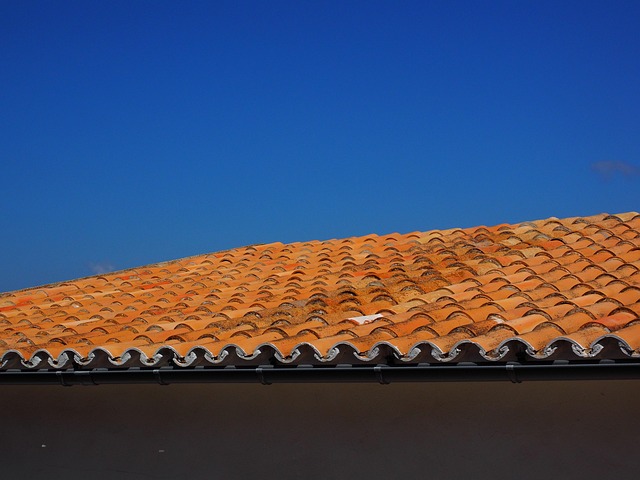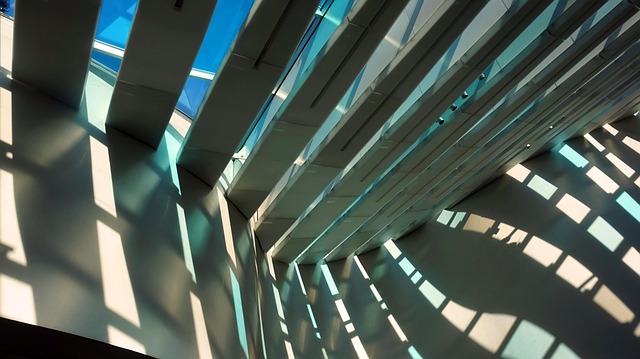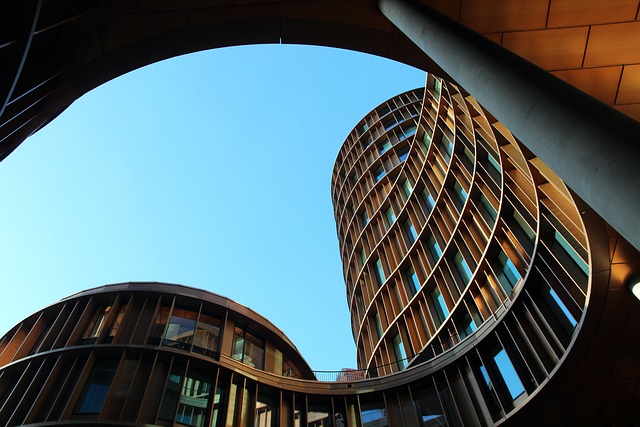Optimize Roof Protection & Energy Efficiency with Integrated Waterproofing & Insulation

Waterproofing and thermal insulation are complementary strategies for enhancing building efficiency,…….
Introduction
Water is a vital resource for life, but an enemy to structures, especially roofs. As the global community continues to grapple with urbanization, climate change, and aging infrastructure, the need for robust Roof Waterproofing Systems (RWPS) becomes increasingly apparent. These systems are the guardians against water ingress, protecting buildings from damage that can lead to costly repairs and safety hazards. This comprehensive article will delve into the intricacies of RWPS, exploring its components, global impact, economic significance, technological advancements, policy frameworks, challenges, case studies, and future prospects. By the end of this exploration, readers will have a clear understanding of how these systems safeguard our built environment and what innovations and strategies are shaping their evolution.
Understanding Roof Waterproofing Systems
A Roof Waterproofing System is a comprehensive solution designed to prevent water penetration and manage water flow on flat or sloped roofs. It consists of multiple layers, each with a specific function: a watertight membrane, protective barriers against UV rays and physical damage, insulation to maintain thermal efficiency, and drainage systems to channel excess water away from the building structure. The history of RWPS is a testament to human ingenuity in responding to the need for durable, weather-resistant roofing solutions. These systems are integral to the broader landscape of construction and maintenance, playing a pivotal role in safeguarding buildings from water damage.
Global Impact and Trends
The global impact of RWPS is significant, with its influence felt across continents. The growth in urban population density, coupled with extreme weather events due to climate change, has heightened the demand for effective waterproofing solutions. Key trends include the adoption of sustainable materials, the integration of smart technology for monitoring and maintenance, and the rise of green roofing technologies that provide additional environmental benefits. Regions like North America and Asia-Pacific are at the forefront of innovation in RWPS, with Europe also contributing to advancements through stringent building codes and standards.
Economic Considerations
From a economic standpoint, RWPS represents a substantial investment that can offer long-term savings by mitigating the costs associated with water damage repair. Market dynamics are influenced by factors such as regulatory changes, technological advancements, and shifts in consumer preferences towards sustainability. The economic resilience of buildings equipped with RWPS is evident, as these systems protect against potential losses due to water damage. In terms of investment patterns, there is a growing trend towards preventive maintenance and the use of RWPS as a cost-effective measure for property owners and managers.
Technological Advancements
The evolution of RWPS has been marked by significant technological advancements. Innovations such as thermoplastic olefin (TPO) and ethylene propylene diene monomer (EPDM) membranes have improved durability and longevity. The integration of reflective coatings and vegetative layers in green roofs not only enhances waterproofing but also contributes to energy efficiency and urban sustainability. Future potential includes the development of smart membranes with self-healing capabilities, AI-driven predictive maintenance systems, and nanotechnology applications that offer superior protection against environmental stressors.
Policy and Regulation
RWPS is governed by a complex set of policies and regulations that vary by region but ultimately aim to ensure building safety and environmental sustainability. International standards such as those from the International Code Council (ICC) and local building codes provide guidelines for the design, installation, and maintenance of waterproofing systems. These frameworks are critical in driving innovation and setting benchmarks for quality and performance. Compliance with these regulations not only ensures legal conformity but also guarantees the effectiveness of RWPS.
Challenges and Criticisms
Despite its critical role, RWPS faces several challenges and criticisms. Issues such as material degradation over time, improper installation leading to leaks, and the high cost of implementation and maintenance are common concerns. Additionally, the environmental impact of certain materials used in waterproofing systems has come under scrutiny. To overcome these issues, stakeholders must focus on improved material selection, standardized training for installers, and the development of more sustainable solutions.
Case Studies
Several case studies highlight successful applications of RWPS. For instance, the reconstruction of the historic Colosseum in Rome involved advanced waterproofing techniques to preserve this iconic structure. In Singapore, green roof technologies have been implemented not only for waterproofing but also for enhancing biodiversity and reducing the urban heat island effect. These case studies underscore the practical benefits of RWPS when designed, installed, and maintained correctly.
Future Prospects
The future of RWPS is bright, with potential growth areas emerging in response to urbanization, climate change, and sustainability goals. Innovations such as self-regulating membranes that adapt to temperature changes, the use of drones for inspection and maintenance, and the integration of solar panels within waterproofing systems are poised to revolutionize the industry. Emerging trends like the adoption of IoT sensors for real-time monitoring and predictive analytics will further enhance the effectiveness of RWPS.
Conclusion
In conclusion, Roof Waterproofing Systems represent a critical component in protecting our built environment from the ravages of water damage. The interplay of technological innovation, economic considerations, and regulatory compliance shapes the evolution of these systems. As urban populations grow and climate patterns shift, the demand for robust, sustainable RWPS solutions will continue to rise. By addressing current challenges and embracing future advancements, the industry can ensure that buildings stand resilient against the elements for years to come.
Please note that the above content is a structured overview of the topics related to Roof Waterproofing Systems (RWS). Each section could be expanded with detailed information, real-world data, and specific examples to provide a comprehensive understanding of the subject.

Waterproofing and thermal insulation are complementary strategies for enhancing building efficiency,…….

Water pooling, caused by inadequate slope and blocked drainage, leads to structural and aesthetic da…….

Roof waterproofing systems are essential for modern buildings integrating green roofs and solar pane…….

Spray polyurethane foam (SPF) is a leading solution for roof leak prevention systems due to its uniq…….

The roof edge is a critical, often overlooked, component of roofing systems. Specialized waterproof…….

Commercial roof waterproofing is essential for protecting buildings from water damage, with material…….

Elastomeric coatings revolutionize roof waterproofing with their unmatched flexibility, elasticity,…….

Waterproof roof coatings are essential for protecting properties from environmental damage, extendin…….

Torch-applied bitumen membranes, advanced roofing materials, offer superior durability compared to c…….

Residential roof waterproofing is a crucial home maintenance practice that uses advanced technologie…….